Other Books by Diana L. Paxson
NONFICTION
Odin: Ecstasy, Runes, and Norse Magic
Taking up the Runes
Trance-Portation
The Way of the Oracle
Possession, Depossession and Divine Relationships
HEATHEN-THEMED FICTION
Brisingamen
The Wodans Children trilogy (Siegfried and Brunhilde):
The Wolf and the Raven
The Dragons of the Rhine
The Lord of Horses
The Book of the Spear (Vol. II ofThe Hallowed Isle)
Essential

satr
A Modern Guide to Norse Paganism
DIANA L. PAXSON
CITADEL PRESS
Kensington Publishing Corp.
www.kensingtonbooks.com
All copyrighted material within is Attributor Protected.
CITADEL PRESS BOOKS are published by
Kensington Publishing Corp.
119 West 40th Street
New York, NY 10018
Copyright 2006, 2021 Diana L. Paxson
All rights reserved. No part of this book may be reproduced in any form or by any means without the prior written consent of the publisher, excepting brief quotes used in reviews.
CITADEL PRESS and the Citadel logo are Reg. U.S. Pat. & TM Off.
22 21 20 19 18 17 16 15 14
ISBN: 978-0-8065-4112-9
Electronic edition:
ISBN-13: 978-0-8065-4113-6 (e-book)
ISBN-10: 0-8065-4113-X (e-book)
Foreword
When Essential satr was published in 2006, the idea that paganism is a viable modern faith was still new to the general public and the only tradition that most people had heard of was Wicca. However many pagans were already seeking a religious practice more firmly rooted in authentic cultural traditions, including Greek, Roman, Celtic and Germanic. The first, and I believe still the biggest of these Reconstructionist religions to gain popular recognition is satr, or to use a broader term, Heathenry, the pre-Christian religion of the Germanic-speaking peoples. The faith continues to flourish today. In Iceland an satr temple is nearing completion. In Europe and the Americas, heathen groups have increased their numbers, resources and understanding of our religion.
I have now been active in the heathen community for twice as long as I had been when this book was written, serving as a leader in the Troth and my kindred. The general character of Heathenry as portrayed here remains the same. What has changed for this tradition, as it has for so many other aspects of Euro-American culture, is the relationship between identity and ancestry. Today, there is an ever-widening divide between Folkish Heathens who believe that satr should be practiced only by people of Northern European descent, and Inclusive Heathens who believe that what matters is not ancestry but affinity.
People come to Heathenry for many reasons. Some are looking for a faith they can practice without fear of misappropriation. Others want to reclaim traditions lost when families of Germanic descent rejected their heritage during the World Wars. Some encounter Thor in a movie and think hes cool. Still others are drawn by the old Germanic values and worldview. There are those who are attracted by heathen community spirit, and there are those who come because they have had a Close Encounter with one of the gods.
Contemporary Heathenry is a constructed culture. Our first goal may be to improve our connection to Spirit, but people also need a community with which they can share companionship and values. Whatever their ancestry, all heathens must learn a new culture. Inclusive kindreds welcome newcomers of whatever origin in the same way that the United States naturalizes new citizens, through education about our history and acculturation to our ways.
Heathenry, like other Earth Religions, is based on traditional values and the triad of the gods, the ancestors, and the land. Gods and myths are specific to each pagan tradition, but most revere their Ancestors. Inclusive Heathens honor our ancestors of the flesh or of the spirit not because they are Northern European, but because they are ours. We honor the spirits of the land on which we live, and recognize our responsibility to care for it.
In this book you will find information on Heathenry past and present and an updated list of resources for further and deeper exploration. In the vignettes of the (mythical) Ravenhammer Kindred, you will meet the kinds of people you may encounter in the heathen community.
Hail and welcome!
Introduction
In 2000, I was invited to give a paper on Scandinavian oracular practice at the Viking Symposium in Newfoundland. Most of the presenters were from various universities. My name tag stated that I was from the Troth. Whats that? asked a lady as we were waiting for dinner. A heathen religious organization, I replied. She gave me a confused lookIsnt that a contradiction in terms? At that point, I realized I was going to have to preface my paper by defining what I meant both by heathen and religion. Since then, Ive participated in numerous discussions in which modern pagans of all flavors struggled to define themselves, so it seems wise to begin this book by defining some basic terms.
Pagan Religions
Just as Christianity, Judaism, and Islam can be grouped together as monotheistic Abrahamic religions that believe in a single all-powerful god, polytheistic religions that honor a multitude of deities also form religious families. Among them we find the myriad Hindu sects, Buddhism, which is nontheistic in its theology but includes polytheistic elements in its practice, tribal traditions from the Americas and Asia, the African and Afro-diasporic faiths, which include modern Umbanda and Santeria, and European paganism.
Until very recently, the possibility that a Native European polytheistic faith could be a viable option would have been met with incomprehension. Today, however, a linear worldview that includes an inevitable progress (?) toward a cataclysm decreed by a single, all-powerful God is proving dangerously attractive to some, and to the rest of us, simply dangerous. Instead of a worldview in which neither humanity nor nature have intrinsic meaning because all such meaning derives only from God, or polarizes into a conflict between absolute Good and absolute Evil, we need a worldview that sees holiness in everything, recognizes that spirit takes many forms, and believes that history moves in circles, not a straight line (for an excellent examination of this question, see John Michael Greers A World Full of Gods, 2005).
The first European polytheistic religion to become well known in Europe and North America in the twentieth century was Pagan Witchcraft, or Wicca, which includes a multitude of traditions derived from or inspired by survivals from European folk religion and the work of Gerald Gardner (see Bonewits, 2001). However, Wicca is by no means the only kind of European paganism to flourish today. A second, and rapidly growing, branch of the family consists of the reconstructed traditions based on the practices and beliefs of specific cultures. These include the Celtic traditions, among them the different kinds of Druids; the Hellenic traditions, which draw from ancient Greece; the Kemetics, who base their practice on the religion of Egypt; Baltic traditionalists, who have revived their native religions in their newly independent nations; and the religions of the Germanic peoples in Scandinavia, on the Continent, and in England.

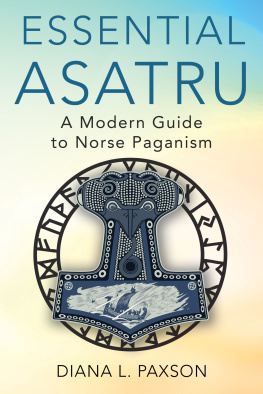
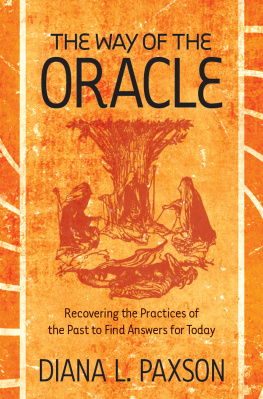
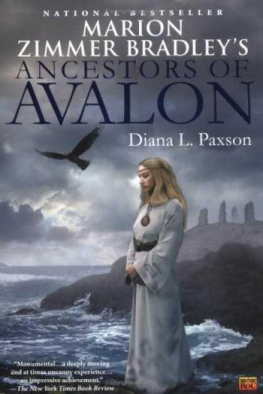
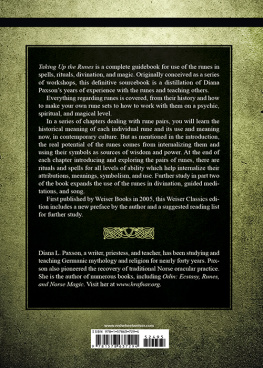

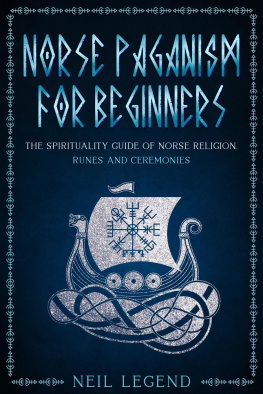

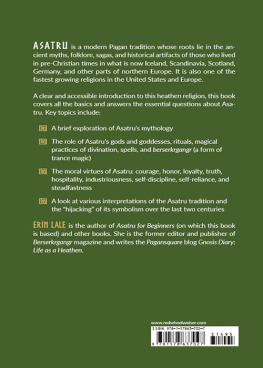
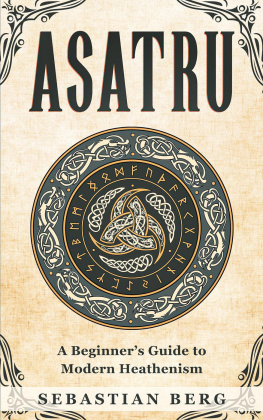
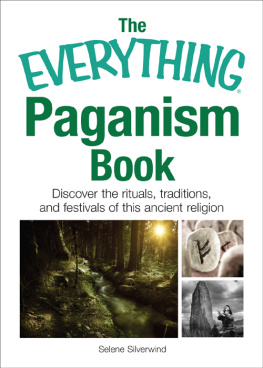
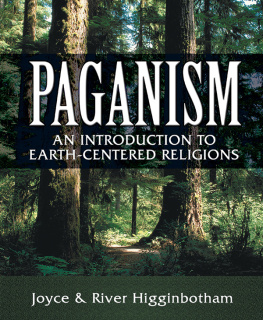
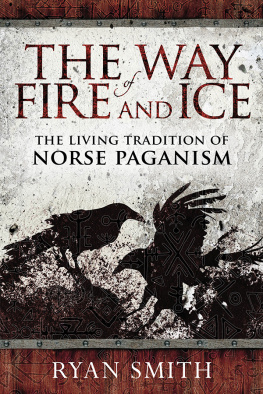
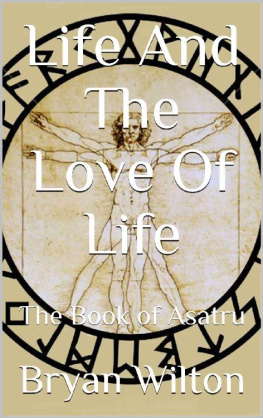
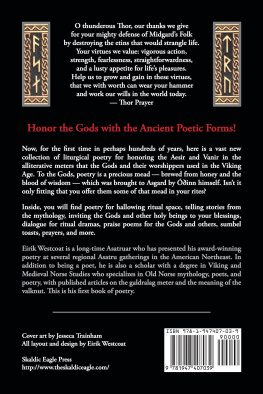
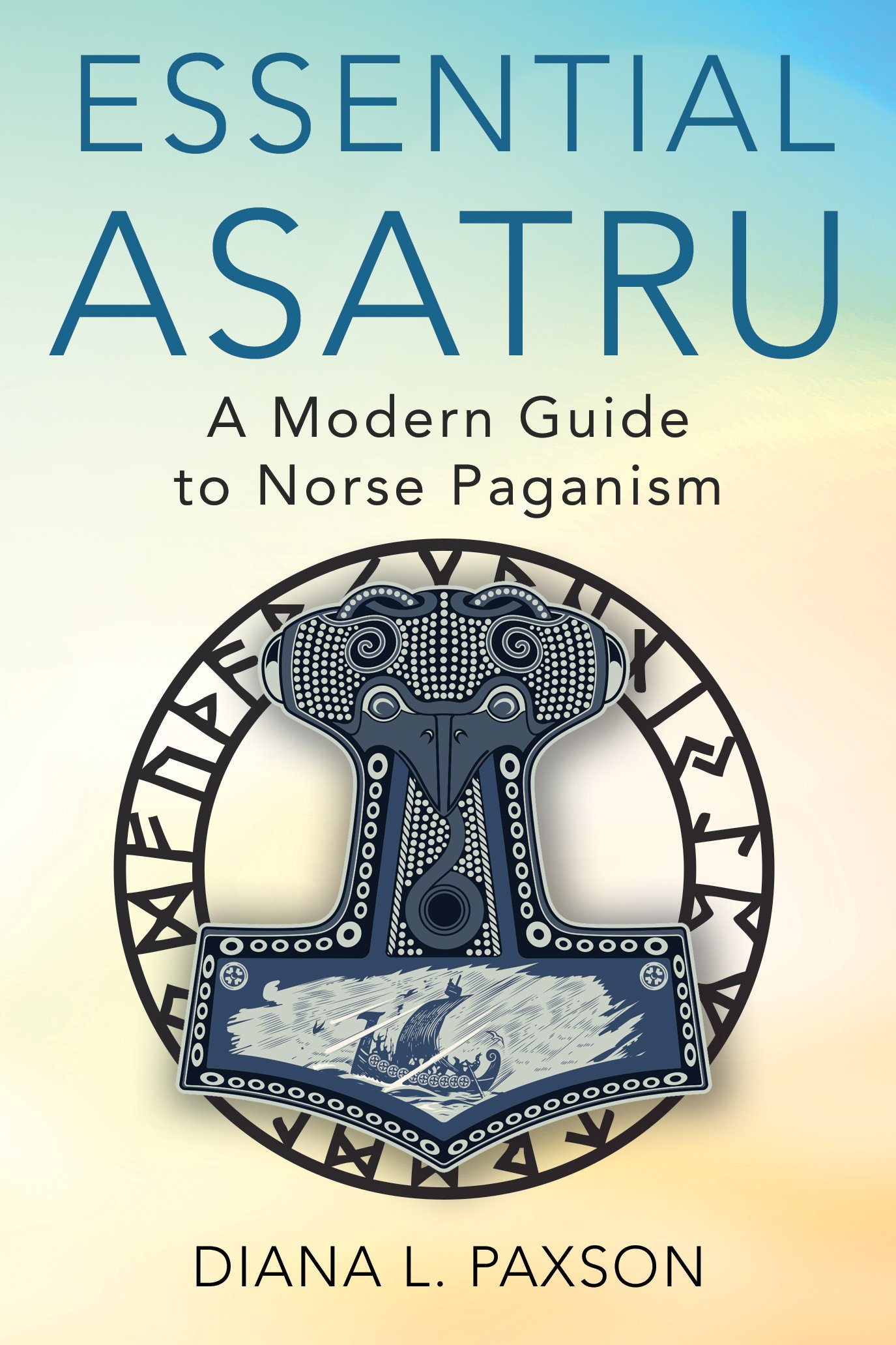
 satr
satr
